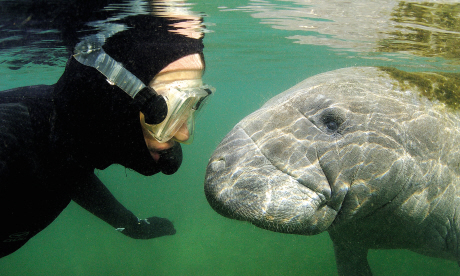
Done lions, tigers and bears? Try turtles, sharks and penguins. Some of the world's most thrilling wildlife encounters await you – so grab a snorkel and dive in
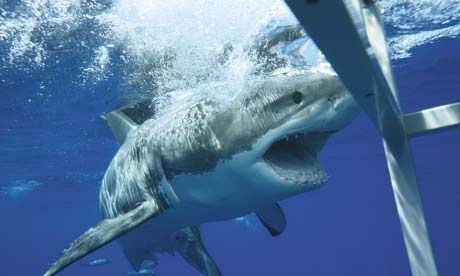 1. For great white sharks, go to Guadalupe, Mexico
1. For great white sharks, go to Guadalupe, MexicoSuppose you have two choices for next year’s holiday. The first is to take a small sport-fishing boat on a bumpy overnight rollercoaster ride to a remote volcanic island in the middle of the North Pacific, then jump overboard into freezing cold water with a giant tuna head and evil-smelling fish oil for company, in the hope of attracting a great white shark. The second is to take a running jump off a nearby cliff.
Many would take their chances with the cliff. But while the great white’s reputation makes it an animal most people would do anything to avoid, for others it is the ultimate marine encounter. I can honestly say that a face-to-snout meeting with one of the most feared creatures on the planet is mind-bogglingly impressive, unforgettable and life-changing.
The remote island of Guadalupe, a tiny dot on the map some 350km south-west of San Diego, was originally better known for its seals – northern elephant seal, California sea lion and the rare Guadalupe fur seal. But recently it has gained a well-deserved reputation as the best place in the world for underwater encounters with great whites. Indeed, it is discussed in reverential tones in shark-diving circles.
On the first morning I ever spent at Guadalupe we arrived at sunrise and, as soon as the anchor was down, were introduced to the cages. We had two four-person cages on board. These were supposed to ensure that we arrived back home in one piece – or, at least, alive.
But to describe them as cages is a bit like describing Godalming as a bustling metropolis. Whoever made them seemed to have missed the point. Roughly the size of a cloakroom, they were more like a collection of wild-open spaces. The aluminum bars looked pretty strong in themselves – unbreakable, even – but they were a frankly horrifying metre apart.
Most of the other divers on board were American and, rather uncharacteristically, they didn't make a fuss either. So we all signed an indemnity form promising to never sue anyone about anything ever again, no matter what happened, and the cages were lifted off the deck with the help of a special crane. They floated on the surface at the back of the boat while we prepared ourselves for the inevitable.
As well as a drysuit with plenty of warm layers underneath, each of us was issued with an exceptionally heavyweight vest. I was weighing weights totalling 20kg and staggered around the deck like an Olympic weightlifter. The aim was to be heavy enough to avoid floating around the cage (remember those bars...) in the manner of an astronaut.
Kitted up and breathing though a 'hooka line' attached to an air cylinder on deck, I jumped in.
The first shark appeared within about 30 minutes, followed by another, then another. They were coming and going like clockwork. One afternoon we had no fewer than five great whites, ranging in size from 3m to nearly 5m, and they stayed around for most of the week.
From inside the collection of wide open spaces, the largest shark looked about the size of a juggernaut and kept racing towards us, mouth agape, before veering off at the very last moment (the last moment being about a metre away from the end of my camera lens).
I felt small and impotent in the company of such powerful predators but, amazingly, suffered no fear. It was too awe-inspiring for there to be any room left in my brain for fear. It was like meeting a procession of great movie stars. Having seen them in films, on television, in newspapers and on the covers of magazines for as many years as I could remember, suddenly they were there in the flesh.
"How on earth can you top that?" I asked on of the Americans afterwards. "What can we possibly do next?"
"I dunno," he replied. "Space travel?"
When to go: September to November
Shore leave: No one is allowed on shore at Guadalupe, but it's not uncommon to also see blue, fin and Baird's beaked whales, seals and sea lions nearby.
Getting there: A liveaboard boat from San Diego is the only option (typically 20-22 hours each way); visit www.sdsharkdiving.com.
Also seen in: Western Cape, South Africa; South Australia; Farallon Islands, California.
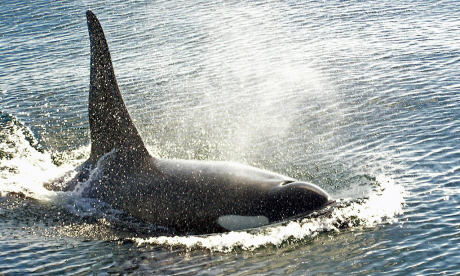 2. For killer whales, go to Tysfjord, Norway
2. For killer whales, go to Tysfjord, NorwaySlipping over the side of a rigid-hulled inflatable in the middle of a Norweigan fjord in mid-winter to snorkel with feeding whales is a little unnerving and unbelievably exhilierating. Tysfjord is home to a huge population of about 1,500 orca during late autumn and winter every year. The whales come to feed on herring, herding the hapless fish into tight balls at the surface before stunning them with their tails and then picking
them off one by one.
Unfortunately, Tysfjord is so far north that there are relatively few hours of daylight during the prime whalewatching season – but that's OK because you'll need plenty of time to defrost after each encounter. Bring loads of warm clothing.
When to go: Mid-October to mid-January; the best month is November.
Shore leave: Killer whales can be seen from shore; ancient rock carvings nearby; elk safaris; northern lights on rare clear nights.
Getting there: Fly to Oslo then to Harstad-Evenes; from there take the bus and ferry to Bognes in Tysfjord. Visit www.orca-tysfjord.no
Also seen in: Killer whales are found worldwide but no other organised encounters exist.
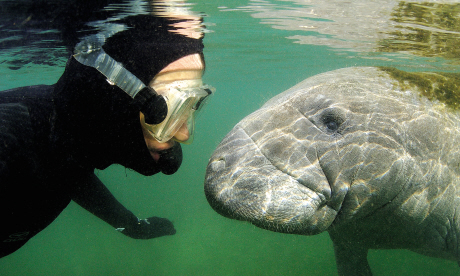 3. For West Indian manatees, go to Crystal River, Florida
3. For West Indian manatees, go to Crystal River, FloridaSnorkelling with manatees in the warm, spring-fed waters of Florida’s Crystal River National Wildlife Refuge is one of the world’s great wildlife experiences. Yet it’s so safe and undemanding (there are plenty of places where the water is no more than waist deep) that all you need is an ability to snorkel and a penchant for big, friendly animals that want to hug you.
Every winter the manatees overnight in their favourite springs to keep warm. But they wander off around midday in search of food, so the best encounters are usually early in the morning while they are still lounging around in their warm-water baths.
When to go: Late November to March.
Shore leave: Birdwatch around King’s Bay; visit Homosassa Springs Wildlife State Park (a rehabilitation centre for orphaned or injured manatees); drift-snorkel down the Rainbow River.
Getting there: Fly to Orlando, then drive (approximately 160km) to Crystal River, on the Gulf of Mexico; visit www.plantationinn.com
Also seen in: Homosassa Springs and many other parts of Florida (although opportunities for underwater encounters are limited)
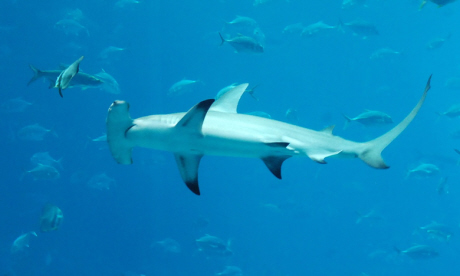 4. For hammerheads, go to Cocos Island, Costa Rica
4. For hammerheads, go to Cocos Island, Costa RicaDiving Cocos Island is often described as 'high voltage' or 'on the edge'. It is a challenging dive location, with strong currents, surges and swells, and the shark equivalent of Piccadilly Circus. There are reputed to be more sharks here per cubic metre then anywhere else on earth.
A single volcanic outcrop rising sharply from the ocean floor, the island was feastured in the opening sequences of Jurassic Park; no one except the staff of the Park Ranger's Station lives on shore. Scalloped hammerheads are the local speciality – many divers
describe mingling with literally hundreds of these weird and wonderful sharks as the ultimate dive.
When to go: Hammerheads present year round
Shore leave: No shore visits but huge numbers of other sharks, including whitetip reef, silky, silvertip and blacktip, as well as occasionally whale sharks.
Getting there: A liveaboard dive boat is the only option (the archipelago is 480km off the Pacific coast of Costa Rica); visit www.underseahunter.com
Also seen in: Sea of Cortez (Mexico), Galápagos Islands (Ecuador) and others.
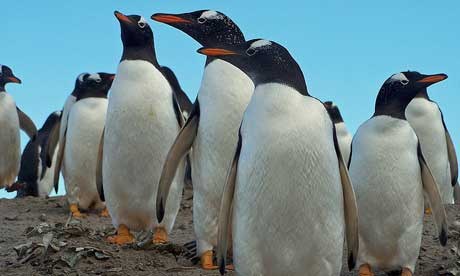 5. For penguins, go to the Galápagos Islands, Ecuador
5. For penguins, go to the Galápagos Islands, EcuadorThe best – and safest – place to snorkel with penguins is probably on the north side of Bartolomé, around the base of Pinnacle Rock. Galápagos penguins leave the beach, or crevices tucked away in the lava flows, to hunt for fish just beneath the surface. They ‘fly’ past underwater – or, more accurately, whizz past – and sometimes even use swimmers as barriers against which to herd their prey.
This is the most northerly penguin species in the world. It can survive under the blast of the equatorial sun thanks only to the cold water of the Humboldt Current – be prepared for some chilly water.
When to go: Year round but penguins are most active during the cool season from the end of May to December.
Shore leave: Where to start? The Galápagos are wildlife heaven. Bartolomé Island itself is home to sea lions, sea turtles, whitetip reef sharks, rays and much more (as well as lots of mosquitoes and horseflies).
Getting there: Fly to the islands from Quito (mainland Ecuador), then join a liveaboard boat; visit www.igtoa.org
Also seen in: This penguin is endemic to the Galápagos Islands (penguins breed mainly on Isabela and Fernandina but are seen throughout the archipelago).
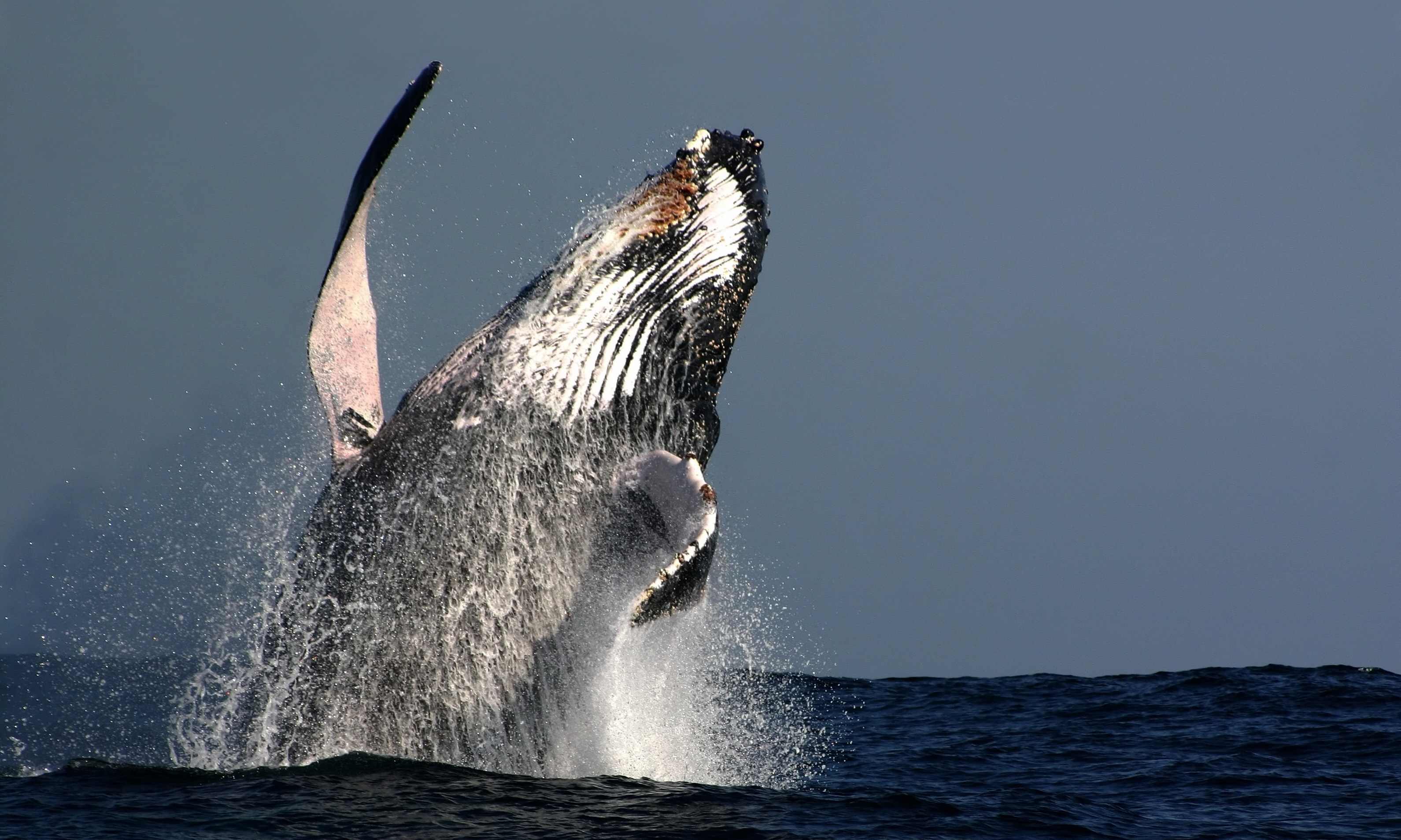 6. For humpback whales, go to the Dominican Republic
6. For humpback whales, go to the Dominican RepublicEvery winter, several thousand humpback whales gather in the warm waters of the Caribbean to sing, mate and calve. Their main breeding ground is the relatively shallow Silver Bank Humpback Whale Sanctuary, which lies roughly midway between the Dominican Republic and the Turks & Caicos islands. This is one of only two places in the world where it is possible to get in the water with these remarkable whales.
Snorkelling with a 30-tonne female and her gargantuan calf is unforgettable, while dunking your head underwater to listen to the males singing their unearthly songs adds an extra dimension.
When to go: January to early April (best February and March).
Shore leave: No chance – Silver Bank is about 100km offshore.
Getting there: A liveaboard boat from the Dominican Republic is the only option; visit www.aquaticadventures.com
Also seen in: Tonga, South Pacific.
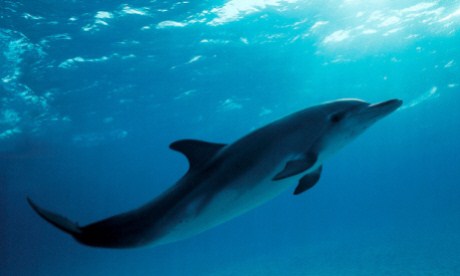 7. For Atlantic spotted dolphins, go to the Bahamas
7. For Atlantic spotted dolphins, go to the BahamasIf there is one thing you have to do before you die, this is it! Snorkelling with spotted dolphins in the Bahamas is an experience that, quite simply, defies description. The best places to do it are Little Bahama Bank, a shallow bank north of Grand Bahama, and an area close to Bimini.
The dolphins frequently come to within arm’s length of their human friends – swimming alongside, diving underneath, racing backwards and forwards, twisting and spiralling, and performing the most amazing slow-motion underwater ballets. Indeed, there are few other places in the world where wild dolphins can be observed underwater with such
consistency and in such superb, warm, crystal-clear water.
When to go: Best May to September (some trips run year round).
Shore leave: There are plenty of diving and snorkelling opportunities from the shore and several other cetacean species can be encountered at sea.
Getting there: Fly direct to Grand Bahama to pick up a liveaboard boat; or fly via Miami or Fort Lauderdale to Bimini, then stay in a hotel and join daily boat trips; visit: www.wilddolphinproject.com and www.biminiundersea.com
Also seen in: Various species of wild dolphins in Florida, New Zealand, the Red Sea and Ireland.
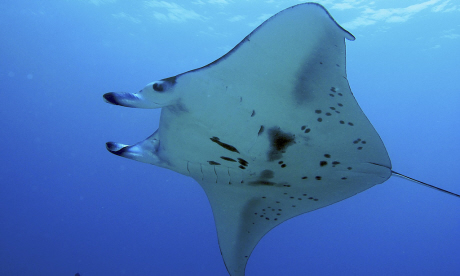 8. For manta rays, go to the Socorro Islands, Mexico
8. For manta rays, go to the Socorro Islands, MexicoThe Socorro, or Revillagigedo, Islands lie 400km south-west of the southern tip of Baja California. They act as a magnet to an impressive variety of sharks, but are better known for their giant Pacific manta rays. The mantas are unusual here because they actively
seek out human company and it’s possible to be in the water with as many as 12 of them, each with a wingspan of up to 6m.
The best site is probably The Boiler – an underwater pinnacle rising to within about 5m of the surface. It’s especially good during the late morning or early afternoon, when the rays gather to be cleaned by resident barberfish and angelfish.
When to go: November to May (weather conditions are too bad outside this period).
Shore leave: No shore landings allowed except under special government permit.
Getting there: Flights from several US cities or
Mexico City to Cabo San Lucas; crossing from Cabo to Socorro takes 22-24
hours on a liveaboard dive boat.
Also seen in:Many sites, particularly in South-East Asia, the Indian Ocean and the South Pacific.